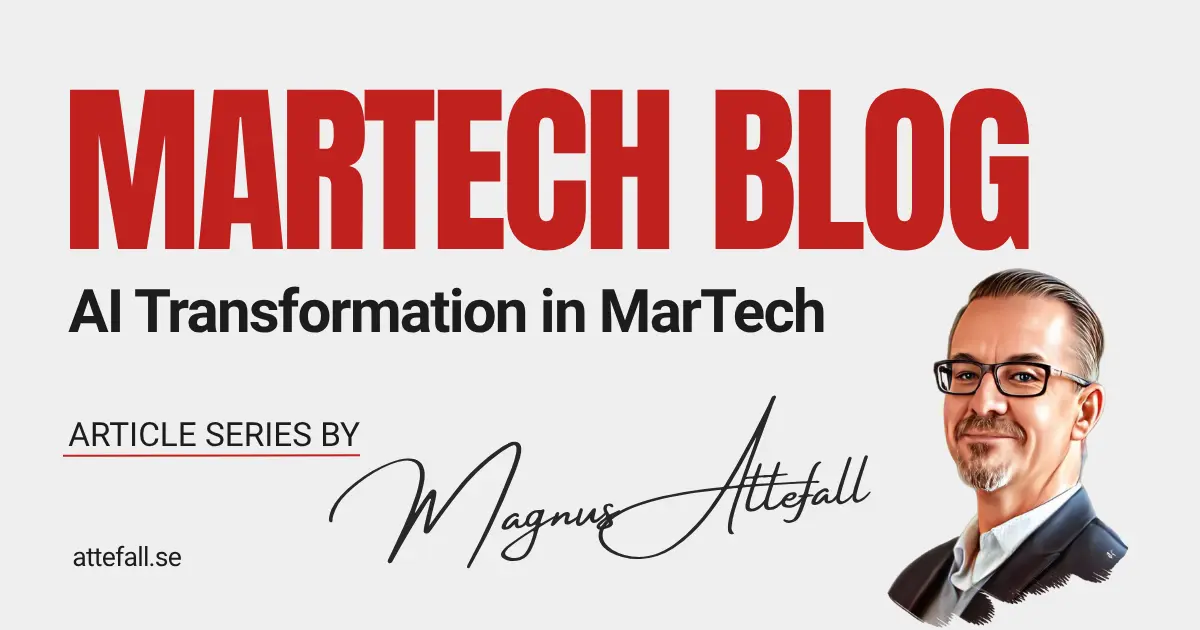
🎯 What It Means for Marketers: Key Benefits of Seamless AI Integration
Seamless AI integration is no longer a buzzword—it’s the growth engine for agile marketing teams. Marketers who transition AI from a “bolt-on” experiment to a core stack pillar gain measurable advantages in productivity, personalization, and profitability, especially as Martech complexity accelerates.
- Campaign velocity: Marketers unlock up to 40% faster campaign launches and testing cycles by automating repetitive setup, analysis, and reporting.
- Effortless personalization: AI enables real-time content, journey, and offer optimization—for every customer, across every touchpoint —with minimal manual intervention.
- Insight automation: Unified AI stacks deliver always-on insights about channel, segment, and creative performance, transforming raw data into actionable information.
- Stack agility: Composable, API-driven integrations help teams adapt quickly as new tools, trends, and data sources emerge—future-proofing tech investments.
- Competitive moat: As more marketers deploy AI for routine tasks, the playing field moves up a level—and only those with truly connected stacks will lead on customer retention and CX in 2025.
Bottom line
In the next-generation stack, AI isn’t an “add-on”—it’s the connective tissue that supercharges value from every MarTech investment.
🚀 Think Strategy Before Stack
A successful AI-driven Martech stack begins with strategic intent, not technology hype. Avoid the pitfall of implementing tools before understanding the problems you need to solve.
- Use a model such as “Purpose → Problem → Platform”: define your overarching goals, identify marketing friction points, then evaluate AI solutions for those needs.
- Align AI initiatives with key business and marketing objectives.
- Involve stakeholders across marketing, data, IT, privacy, and leadership.
- Set “North Star” metrics tied to desired outcomes—not just ROI, but also leading indicators like customer engagement or time-to-market.
🧩 Assess Your Current Martech Stack
Before introducing new AI tools, conduct a thorough audit:
- List all platforms and identify data flows, bottlenecks, and integration gaps.
- Evaluate which current tools offer native AI enhancements.
- Identify areas where data quality issues or workflow silos exist, as these can hinder successful AI adoption.
🎯 Define Clear Use Cases and Objectives
Pinpoint where AI can deliver the most value:
- Improving customer segmentation and predictive analytics.
- Personalizing product recommendations and customer journeys.
- Automating content creation, lead scoring, or campaign scheduling.
- Enhancing measurement and attribution of marketing outcomes.
➡️ Set specific, measurable objectives for each use case to track performance.
📊 Invest in Data Readiness
High-quality, accessible data is the foundation for every effective AI solution:
- Prioritize data cleaning, integration, and governance across platforms.
- Unify data from CRM, marketing automation, and analytics for a 360-degree view.
- Ensure privacy safeguards and transparent data practices are in place.
🛠️ Choose the Right AI Tools
Evaluate tools based on:
- Interoperability and ease of integration with your existing stack (favor solutions with flexible APIs and native connectors).
- Scalability, vendor support, and alignment with your business goals.
- Explainable AI capabilities, so stakeholders trust automated recommendations.
- Don’t be swayed by flashy features; select solutions that solve genuine pain points.
🤝 Foster Cross-Functional Collaboration
Bring together marketers, technologists, data scientists, and legal experts:
- Establish cross-functional teams to pilot and scale AI projects.
- Upskill team members in AI literacy through continuous training and workshops.
- Encourage feedback to refine workflows and ensure adoption.
🧪 Pilot, Iterate, and Scale
Start small with pilot projects in low-risk areas:
- Run proofs-of-concept focused on a single campaign or workflow.
- Measure impact using KPIs such as conversion improvements, time savings, or operational efficiency.
- Use early wins to secure broader buy-in and chart a roadmap for scaling.
📈 Monitor, Measure, and Optimize
The integration process doesn’t end at deployment:
- Continuously monitor performance and adjust strategies based on AI insights.
- Regularly review new AI capabilities as the Martech landscape evolves.
- Establish feedback loops to enable AI models to learn, improve, and adapt.
📸 Address Common Integration Challenges
Prepare for and address these frequent hurdles:
- Complexity: Avoid overcrowding your stack with redundant AI tools.
- Resistance to Change: Involve teams early and clearly communicate the benefits.
- Data Privacy: Align on clear privacy guardrails to mitigate risk and ensure compliance.
- ROI Measurement: Track tangible business impact, not just technical adoption metrics.
🌐 Conclusion: AI as the Connective Tissue of Martech
The future of Martech is about forging intelligent, seamless connections between your tools, data, and workflows. AI’s greatest value emerges not as yet another layer, but as the strategic engine making your entire stack work faster, smarter, and more profitably.
By following a deliberate, use-case-driven integration process, marketing teams can ensure that AI becomes a meaningful driver of business transformation.
🔗 Learn more: AI Integration & Modern Martech Best Practices
- Research: Marketing Tech Is Broken. Here’s How to Fix It (Harvard Business Review)
Research-based best practices and leadership insights for boosting Martech adoption, strategy, and integration results—plus benchmarks for CMO-led AI success. - The truth about martech in 2025 and how to make it work for you (MarTech.org)
Candid breakdown of what works, what fails, and how to drive ROI with your Martech stack in the age of AI-powered solutions. - AI Agents and Composable Architectures Transforming the Marketing Landscape (TechFunnel)
Explains the shift to composable architectures, multi-agentic AI, and how data maturity and modular ecosystems drive growth and stack resilience in 2025.
🗂️ Article series: AI Transformation in Martech
- How Generative AI Is Shaping the Future of Content Marketing
- AI-Driven Customer Experience: What Marketers Need to Know
- How to Integrate AI Tools Into Your Martech Stack
- Ethical AI: Balancing Personalization and Privacy in Marketing
- Top 10 AI Tools Every Marketer Should Try in 2025

